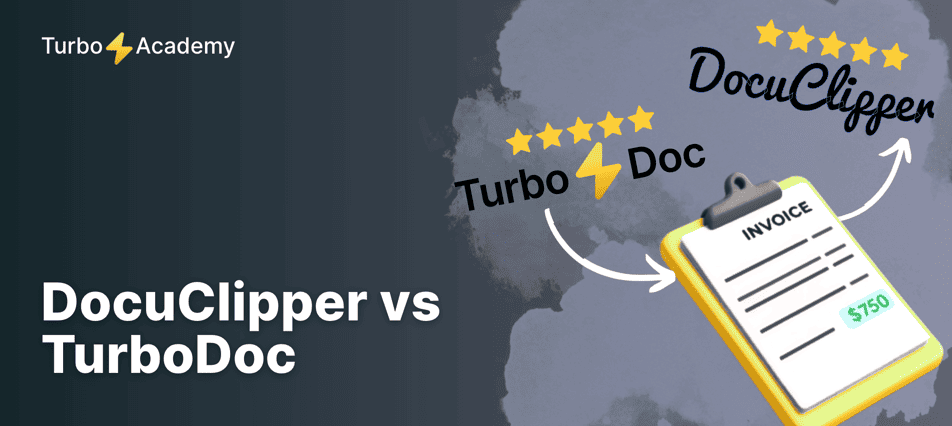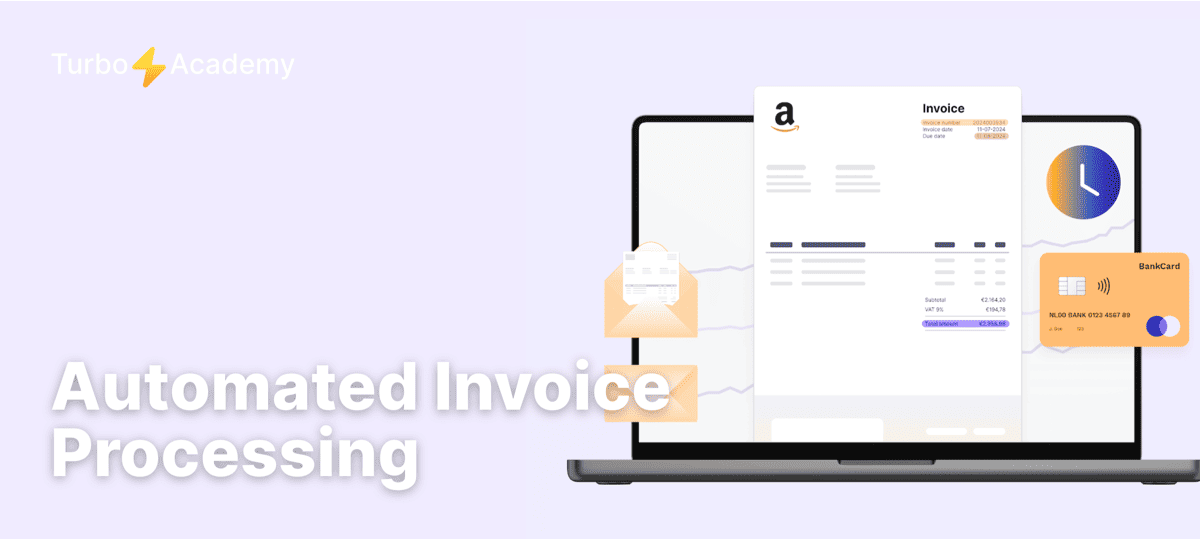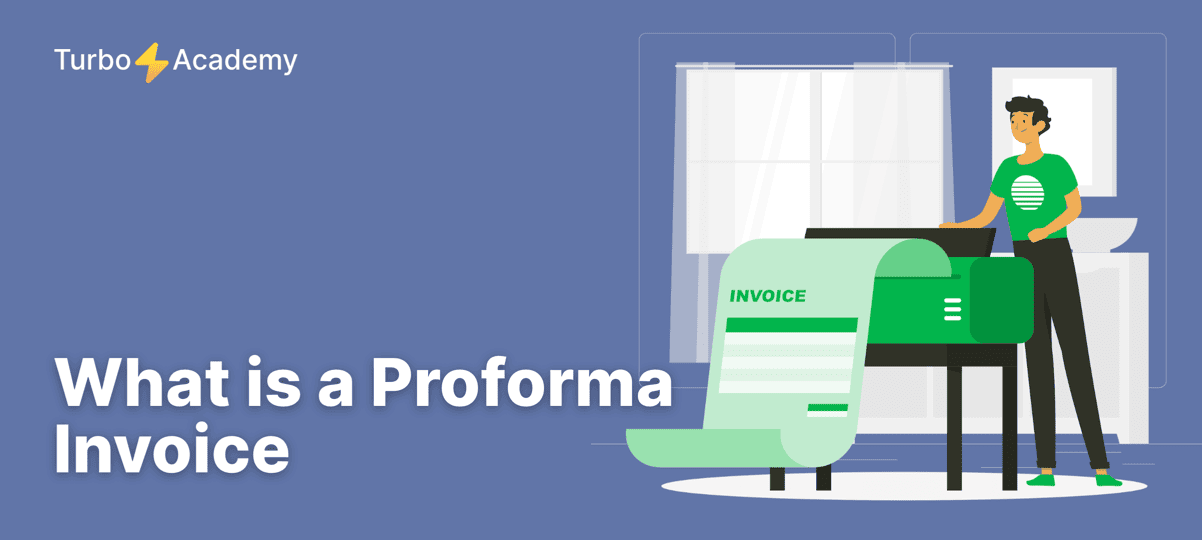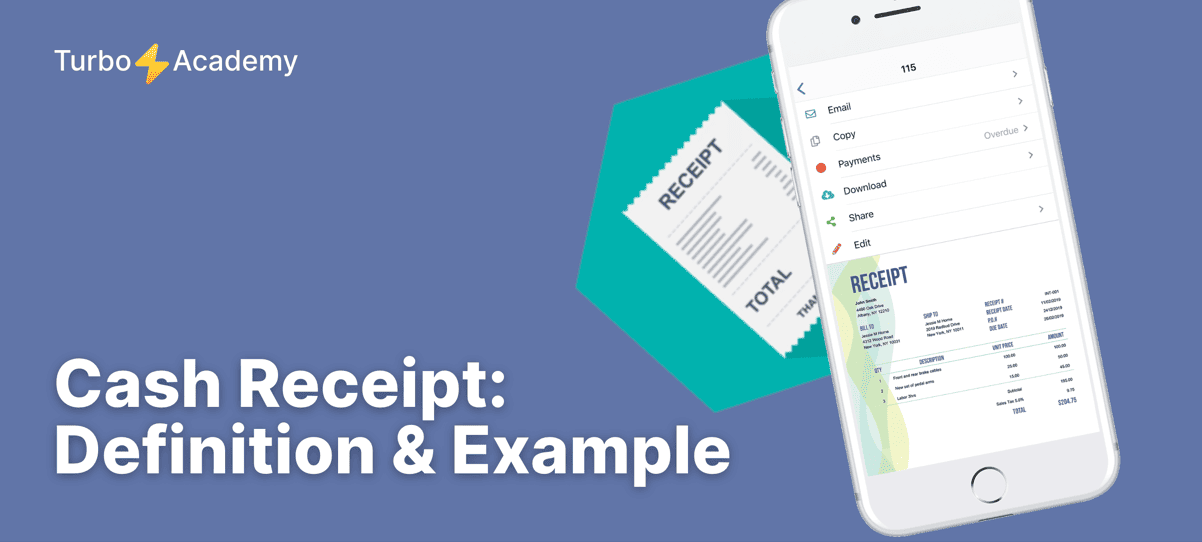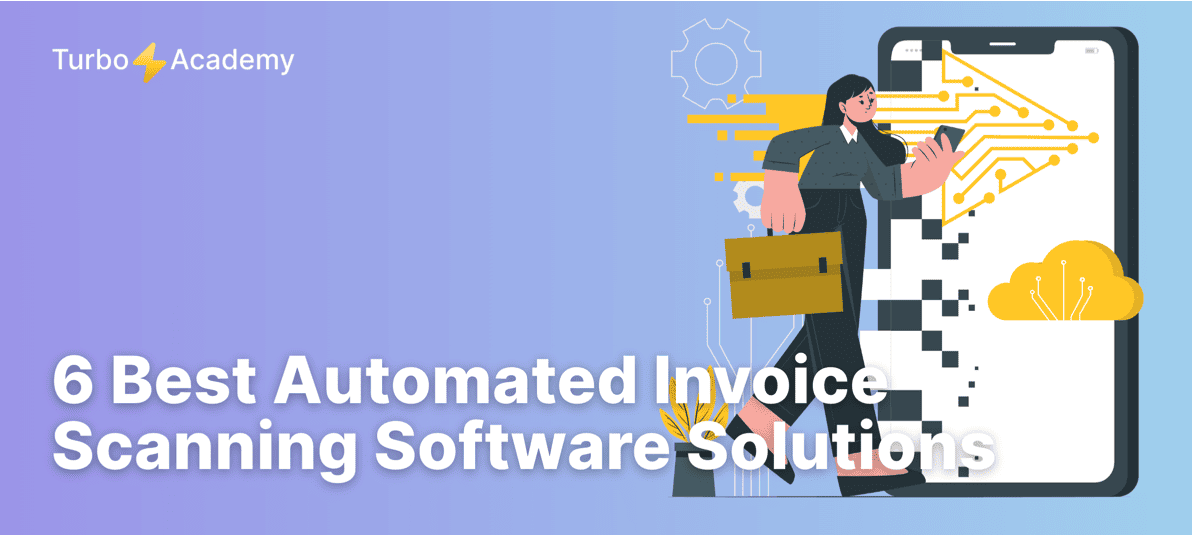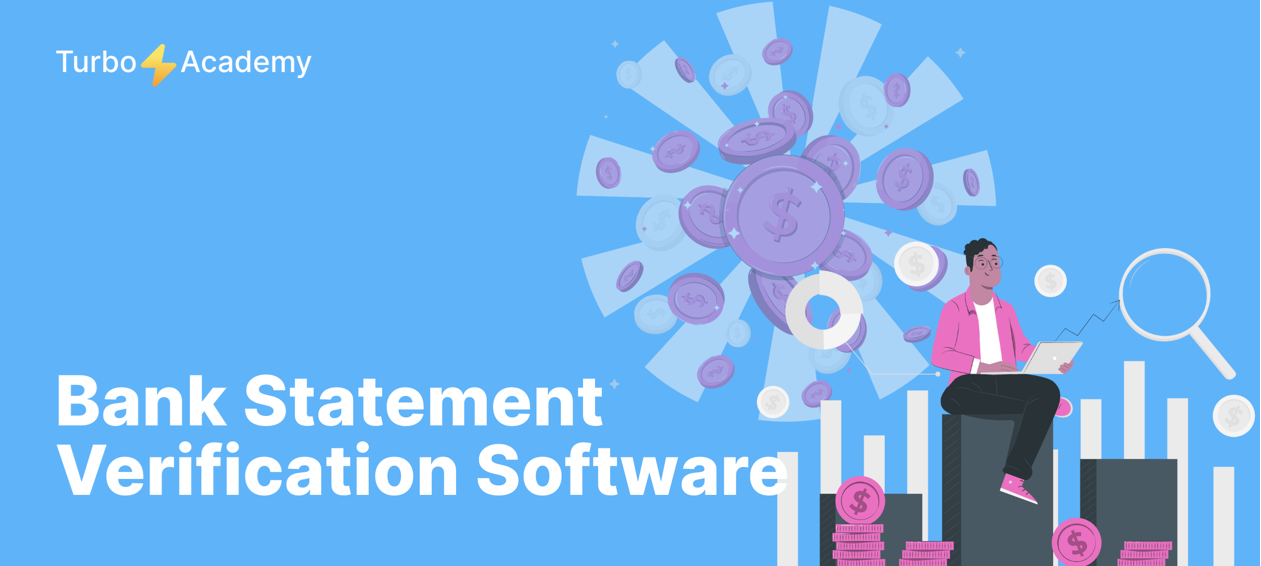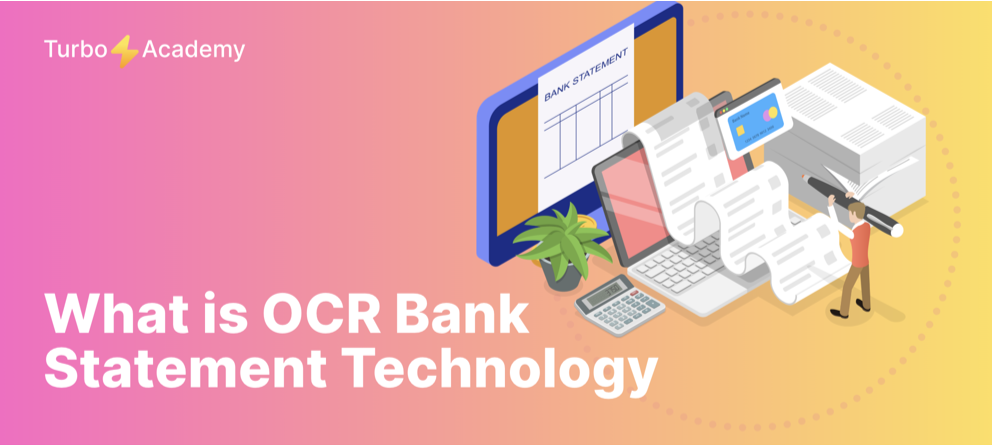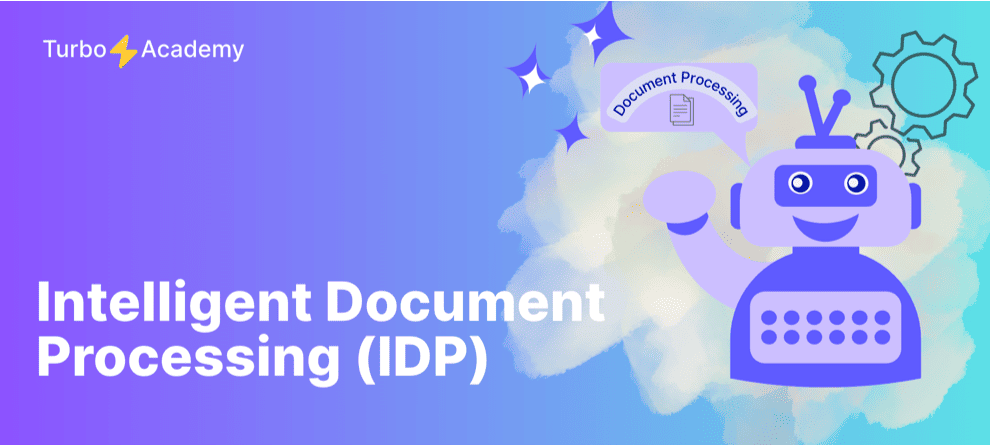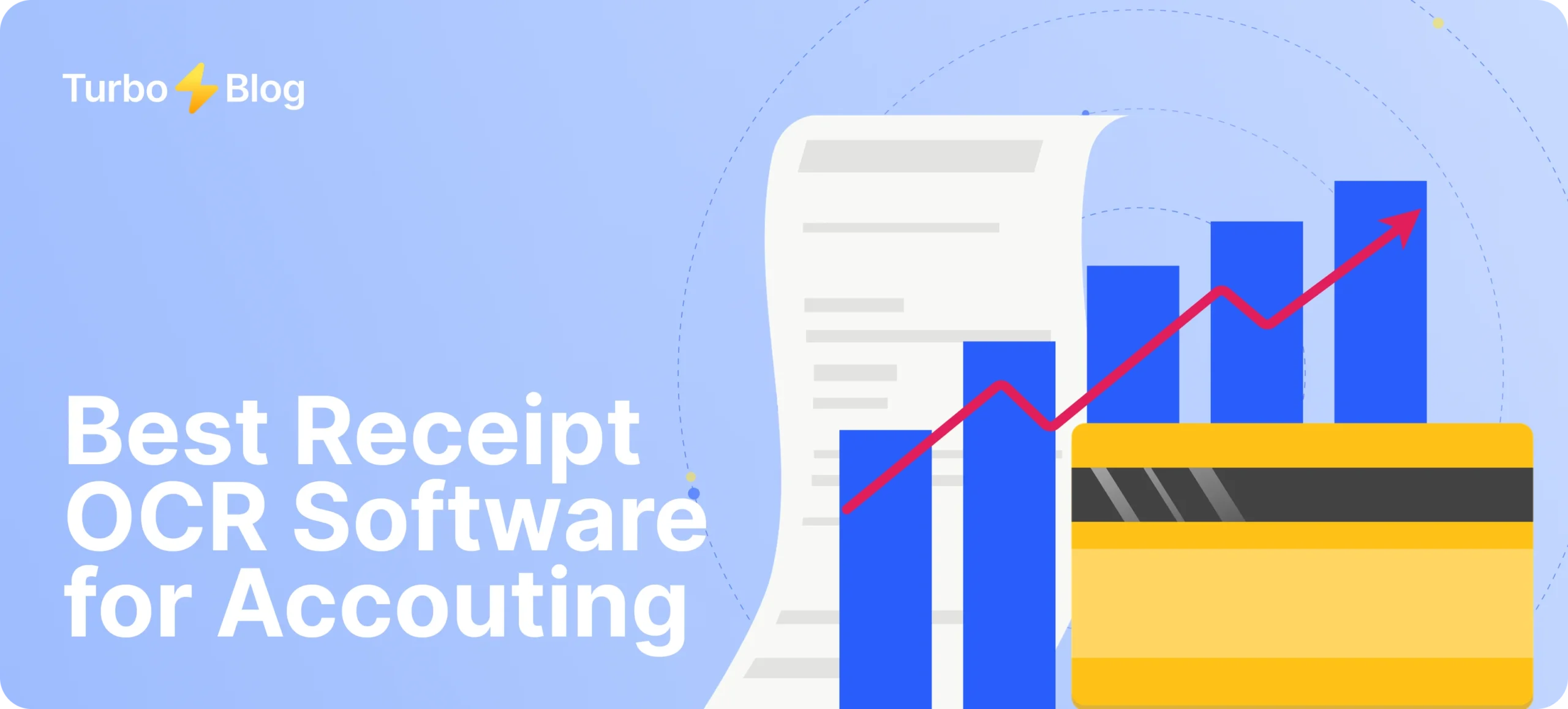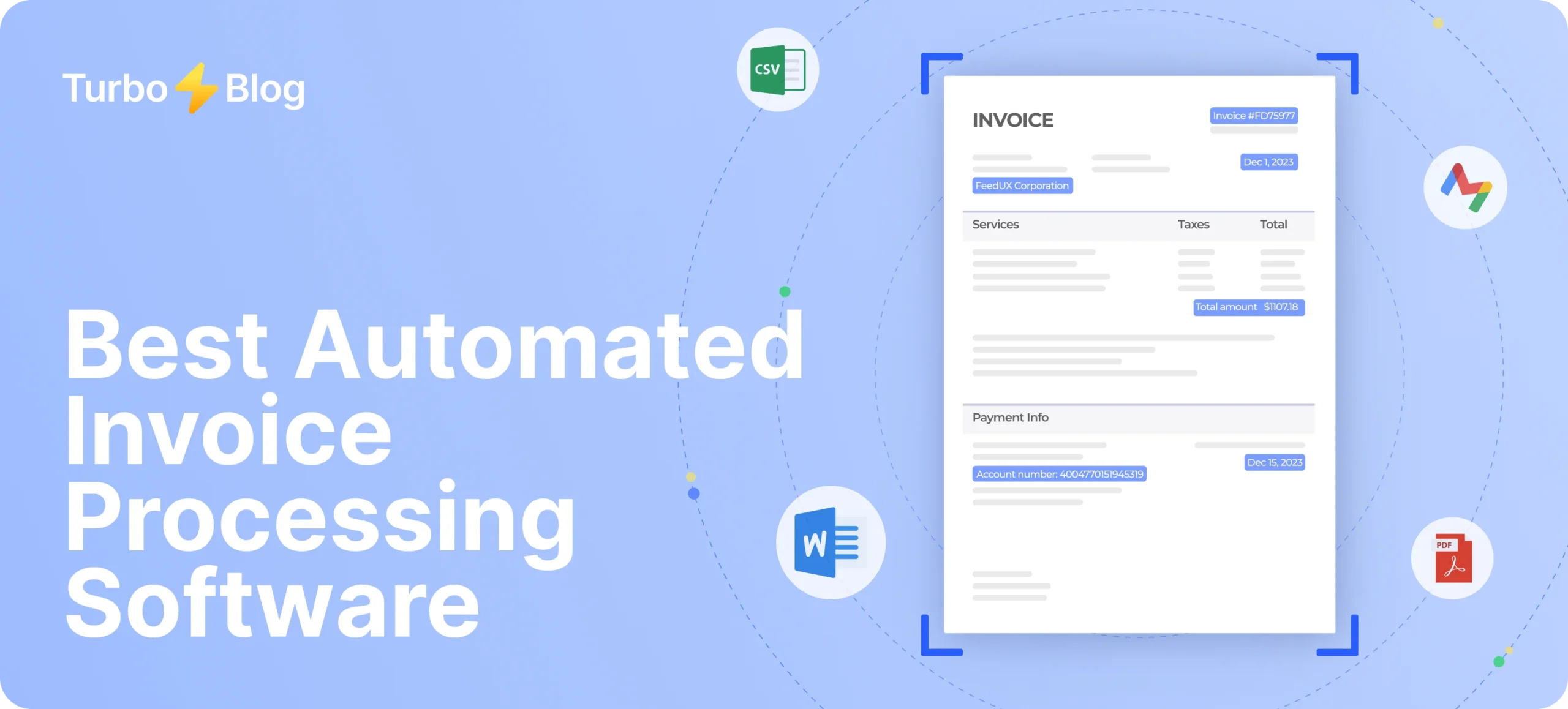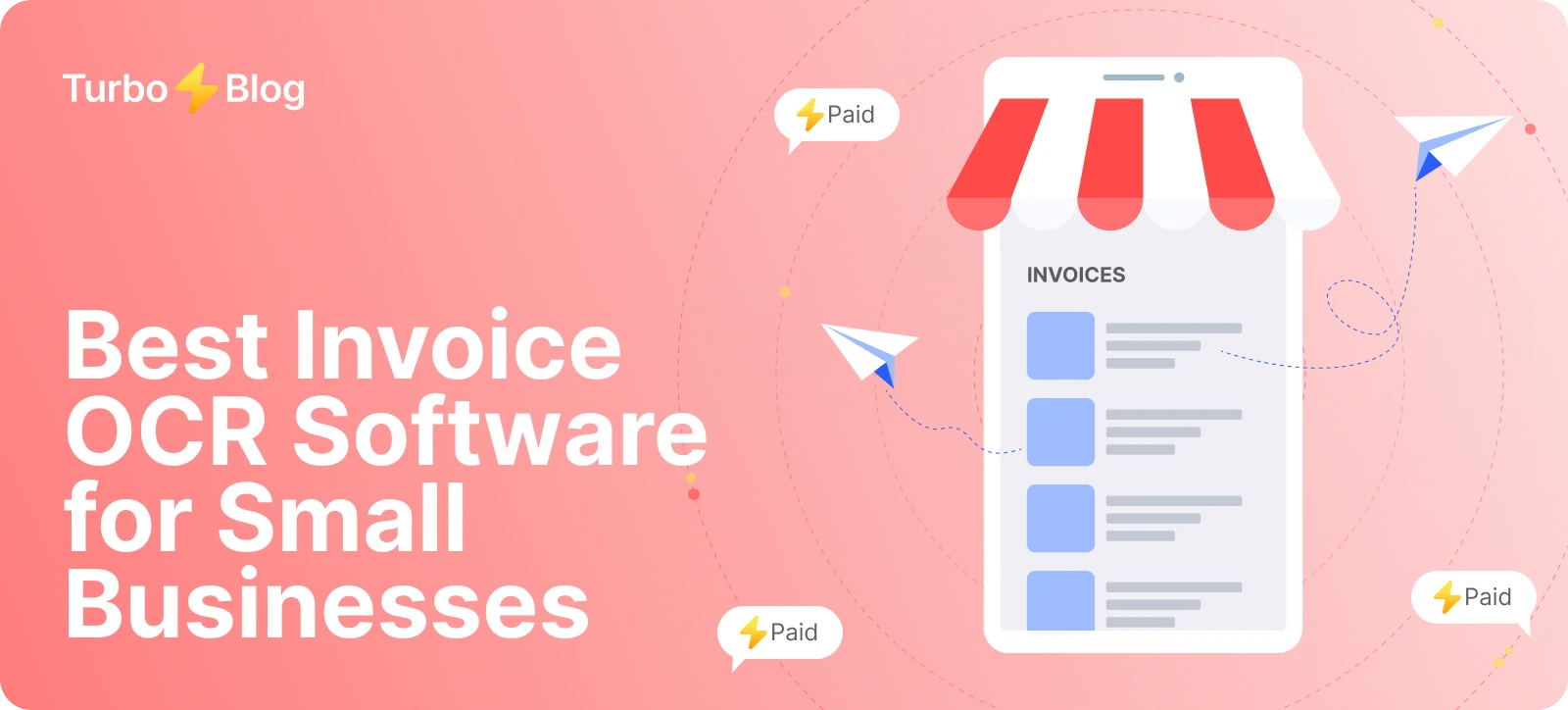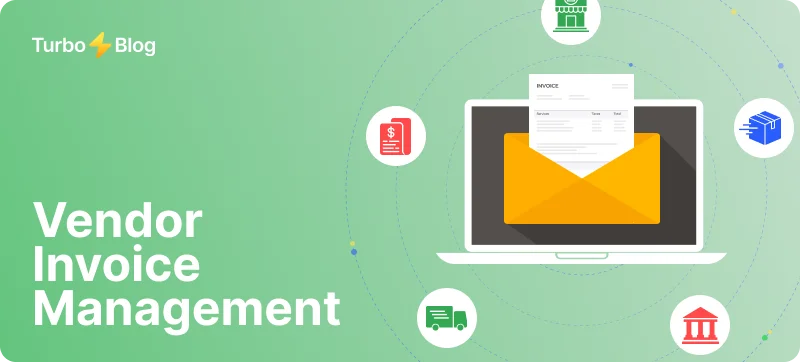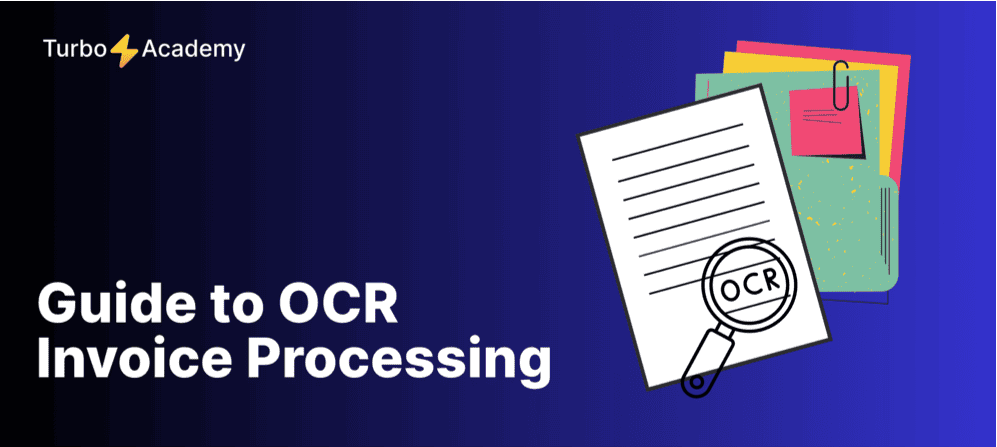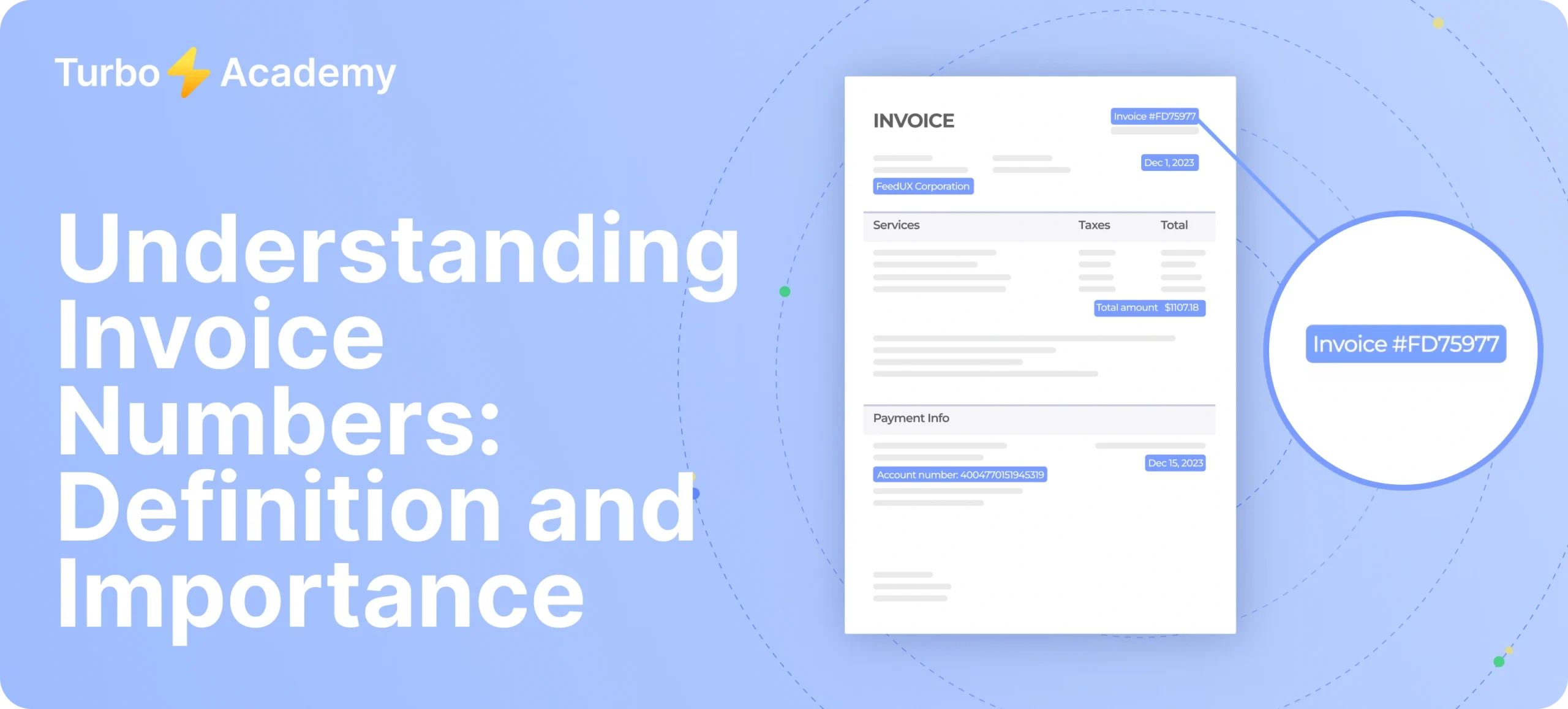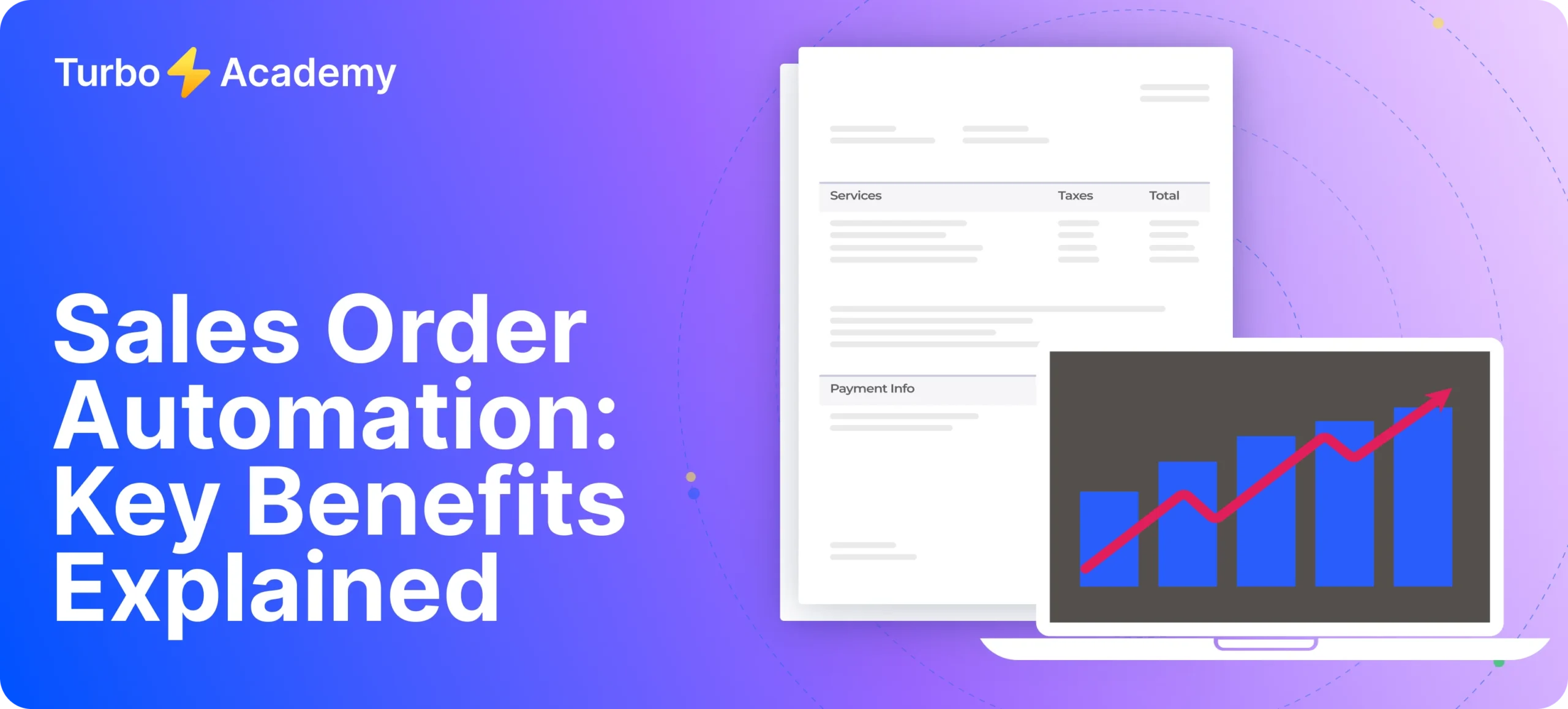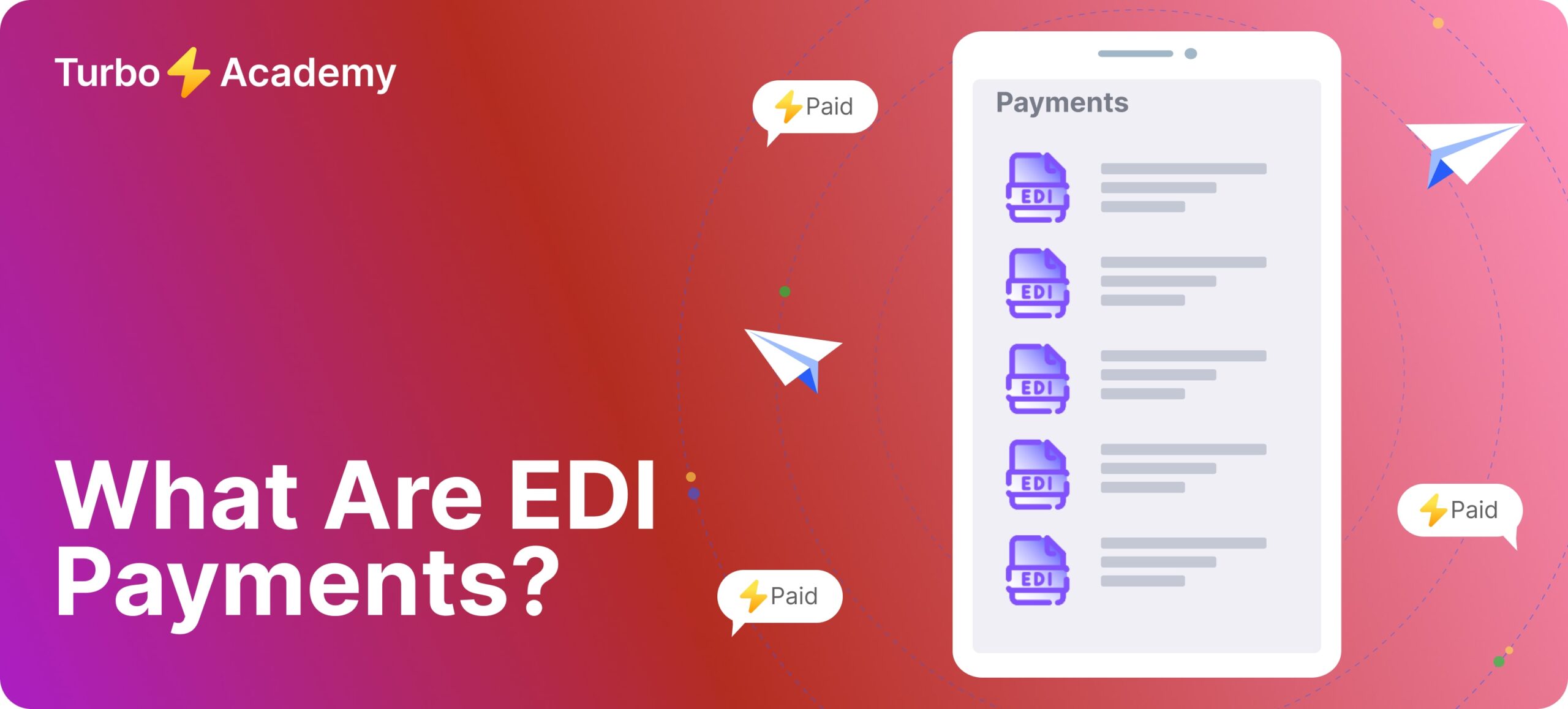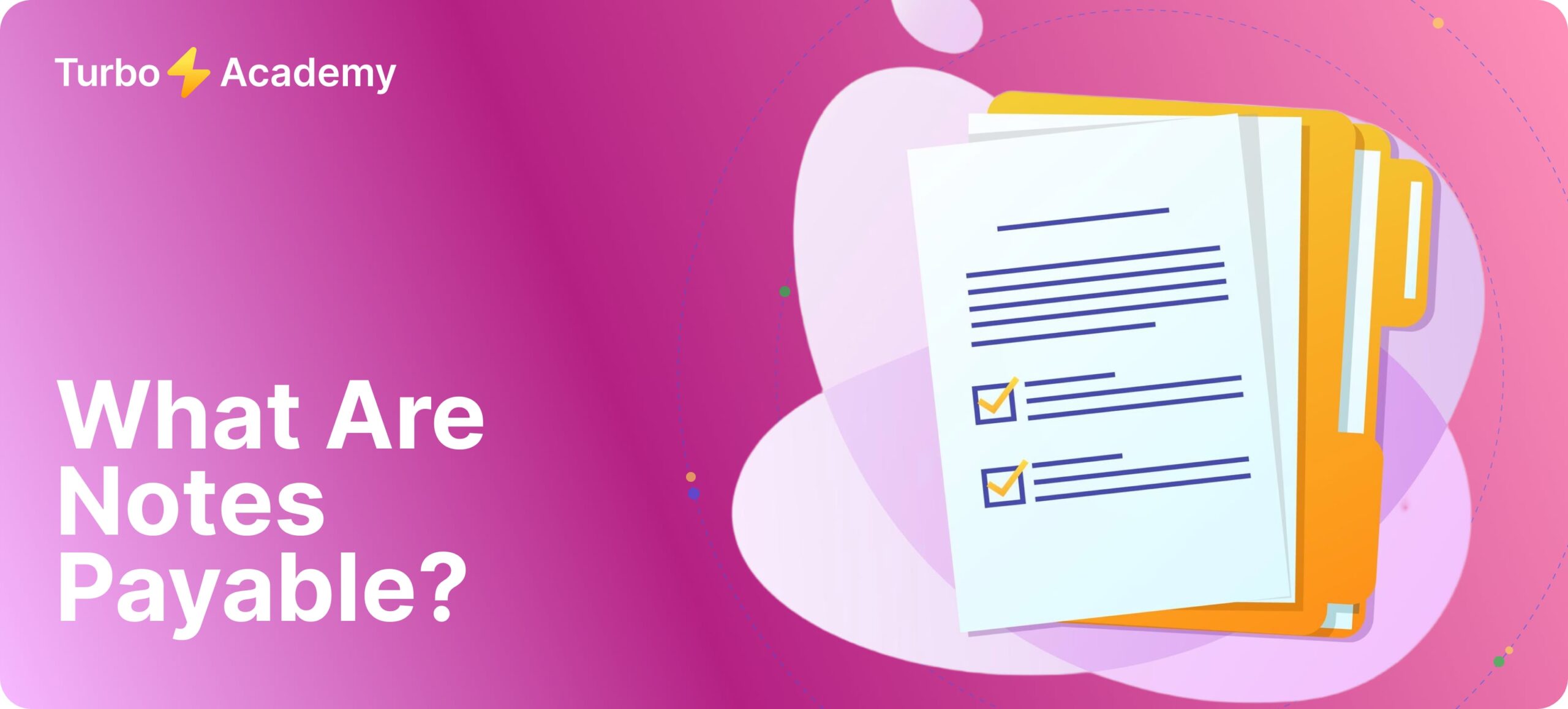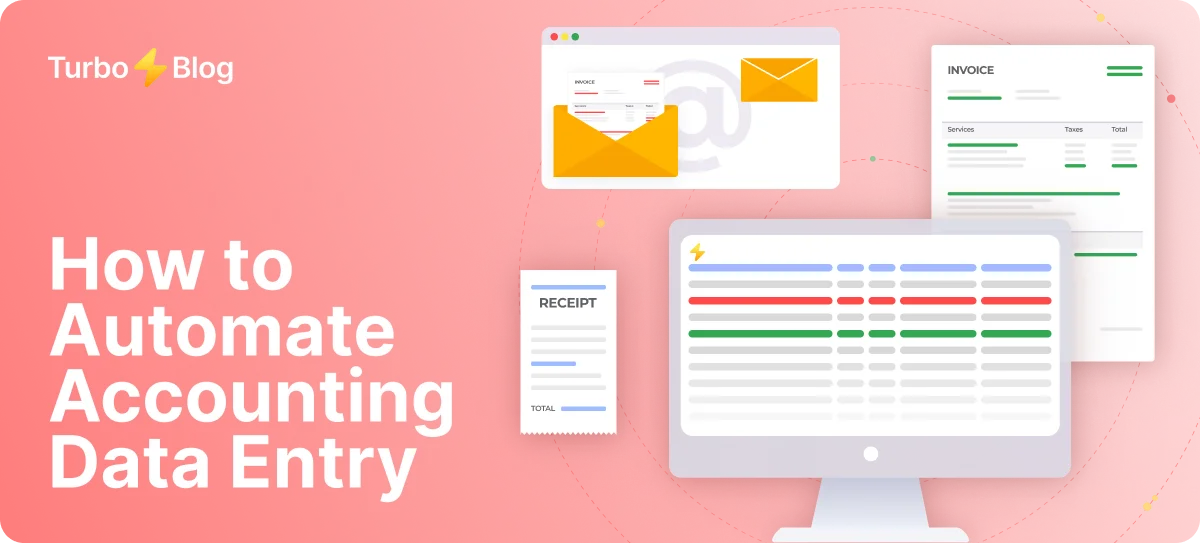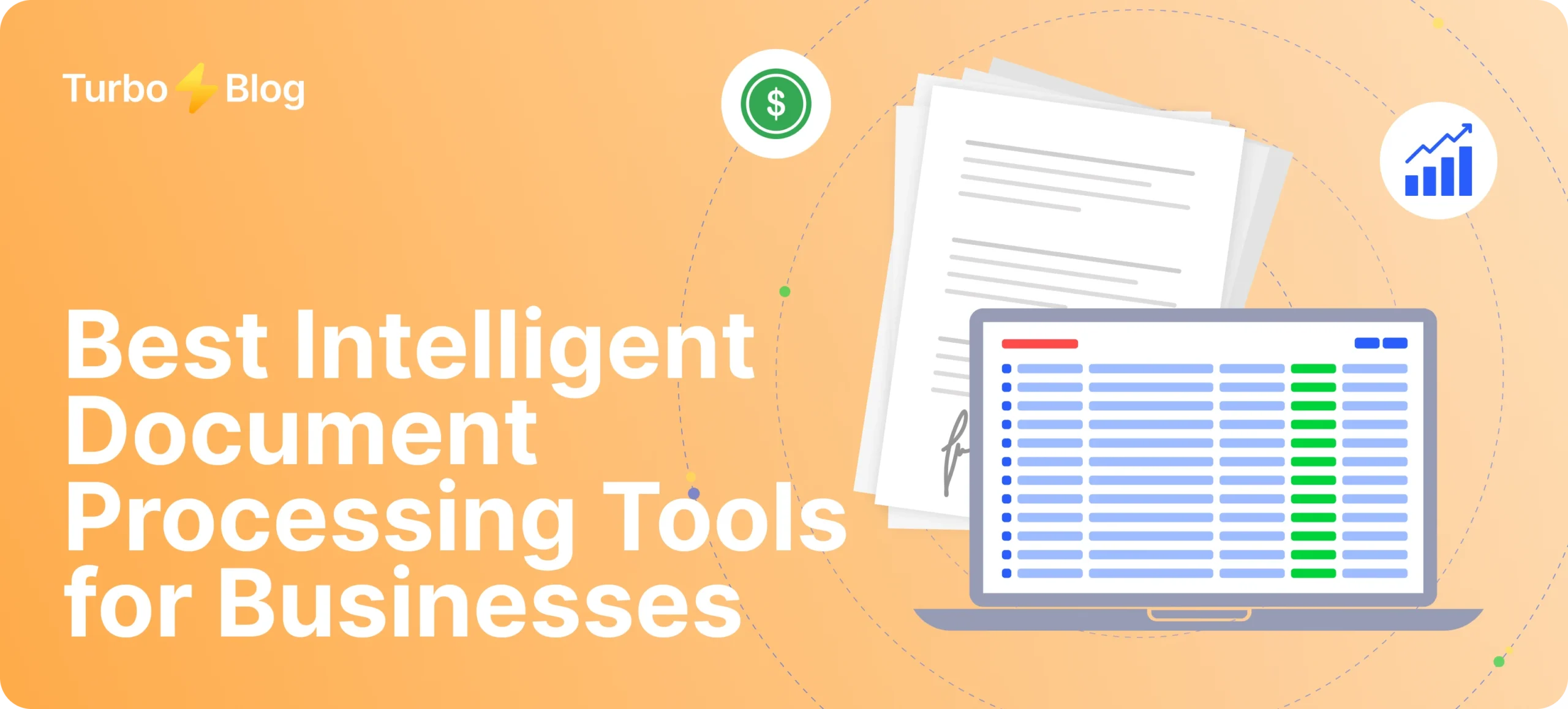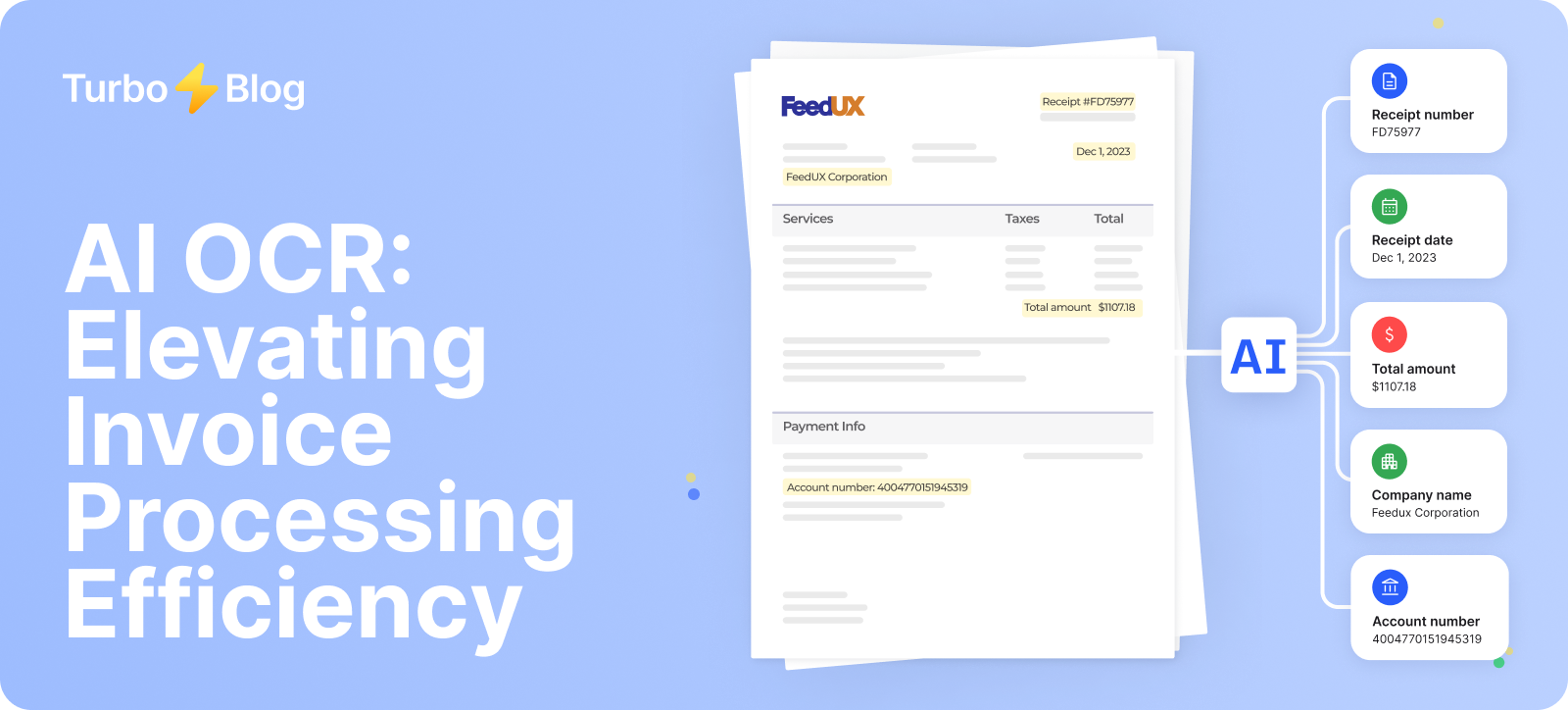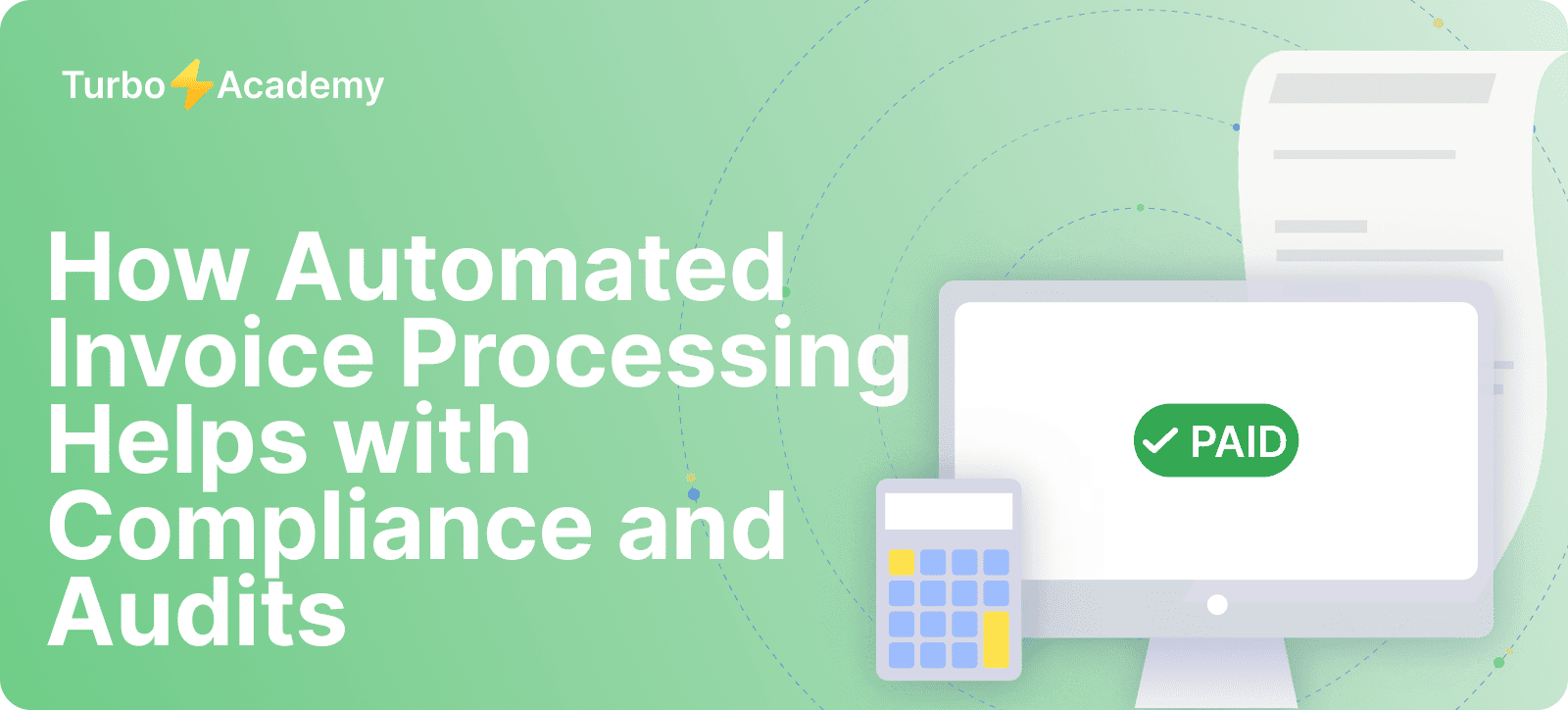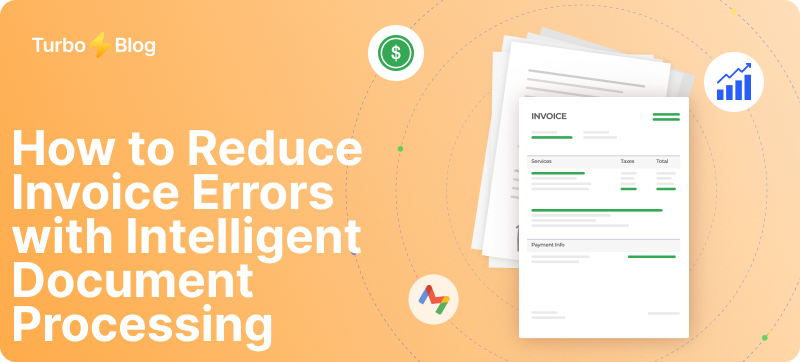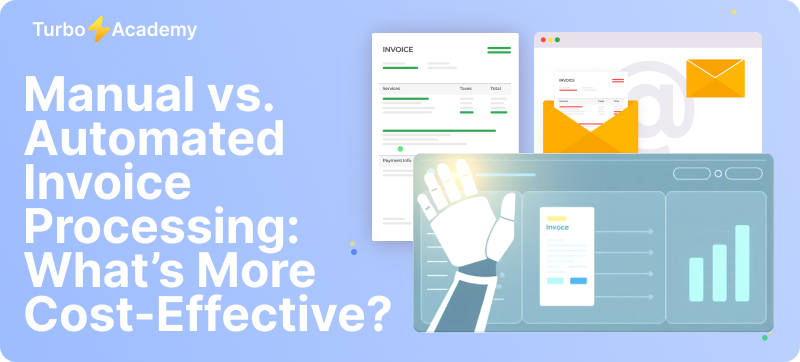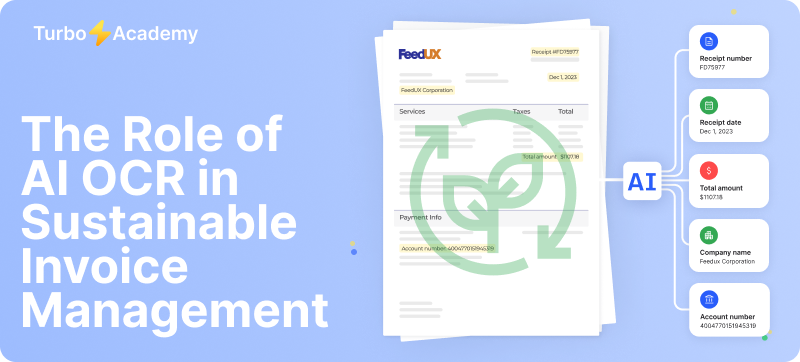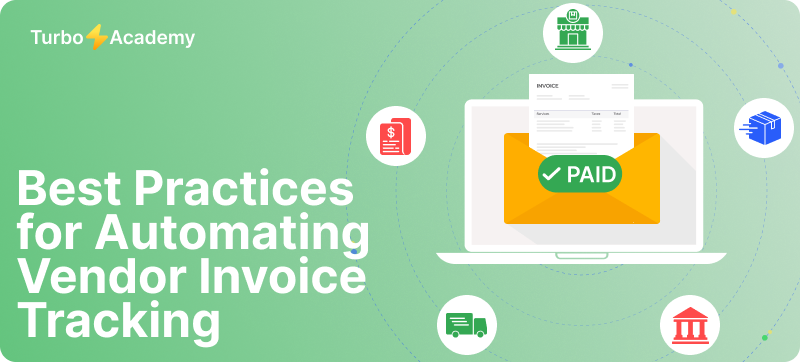At TurboDoc.io, we help banks implement powerful OCR systems designed specifically for high-volume tasks like loan processing, KYC, and onboarding. By using intelligent data extraction tools, our platform ensures faster, more accurate document processing—boosting efficiency while reducing risk.
Automate document processing with TurboDoc
Recognize invoices, contracts, and forms in seconds. No manual work or errors.
Try for free!



OCR Meaning in Banking: What Is Optical Character Recognition (OCR), Full form?
The banking industry is under constant pressure to reduce processing times, improve accuracy, and deliver seamless digital experiences. This is where OCR (Optical Character Recognition) technology has revolutionized operations across banking. Whether it’s onboarding new clients or processing a mortgage loan, OCR improves the speed and reliability of document-driven workflows by automating data extraction and reducing manual intervention.
At its core, OCR enables banks to scan and extract data from physical documents, PDFs, or images—including handwritten forms—and convert them into editable, searchable, and machine-readable text. Combined with AI and ML algorithms, modern OCR systems can recognize text, interpret complex layouts, and validate documents and IDs in real time.
Full Form and Definition of OCR in Banking
The full form of OCR is Optical Character Recognition.
In banking, OCR refers to the technology used to scan documents such as passports, driving licenses, KYC documents, income proofs, or tax forms, and extract and validate data for downstream processing.
OCR helps banks process everything from mortgage applications and employment history records to deposit checks and financial reporting documents—turning static paperwork into actionable digital data.
OCR Meaning in Banking Operations
In daily banking operations, OCR goes far beyond just digitizing paper. Here’s what it enables:
- KYC verification: Accurately processes identity documents like IDs and passports to ensure regulatory compliance.
- Loan and mortgage processing: Extracts income figures, employment details, and supporting documents for fast loan decisions.
- Mobile banking apps: Allows users to upload documents via smartphone, where OCR can recognize and validate them in real-time.
- Data validation: Ensures the extracted data matches expected formats and values, improving accuracy rates.
- Real-time monitoring and automation: Minimizes error rates, flags inconsistencies, and speeds up processing.
OCR also plays a critical role in anti-money laundering (AML) procedures by enabling banks to rapidly cross-check identities and documents, even from uploaded PDFs or legacy systems.
How Banks Use OCR Technology
Banks deploy OCR across a wide range of use cases to eliminate manual tasks and boost productivity. Here’s where it’s most impactful:
- Automating KYC and onboarding
- Processing mortgage and personal loans
- Digitizing income proofs and employment records
- Extracting structured data from scanned documents and images
- Validating e-signatures and regulatory disclosures
At TurboDoc.io, we provide robust OCR solutions that go beyond basic text recognition. Our platform combines AI-powered document processing with seamless integration capabilities, giving banks advanced document handling capabilities tailored to real-world workflows.
Automate document processing with TurboDoc
Recognize invoices, contracts, and forms in seconds. No manual work or errors.
Try for free!
How OCR in Banking Works with AI and TurboDoc
Modern OCR in banking doesn’t just convert images to text—it transforms how financial institutions handle data. When combined with AI and ML, OCR becomes a powerful tool for intelligent document recognition, enabling banks to automatically understand, validate, and process a wide variety of documents—from IDs and tax forms to income proofs and loan applications.
TurboDoc leverages AI-enhanced OCR to help banks not only digitize but also structure, validate, and route data with precision, reducing manual labor and minimizing delays in processes like onboarding, mortgage approvals, and KYC verification.
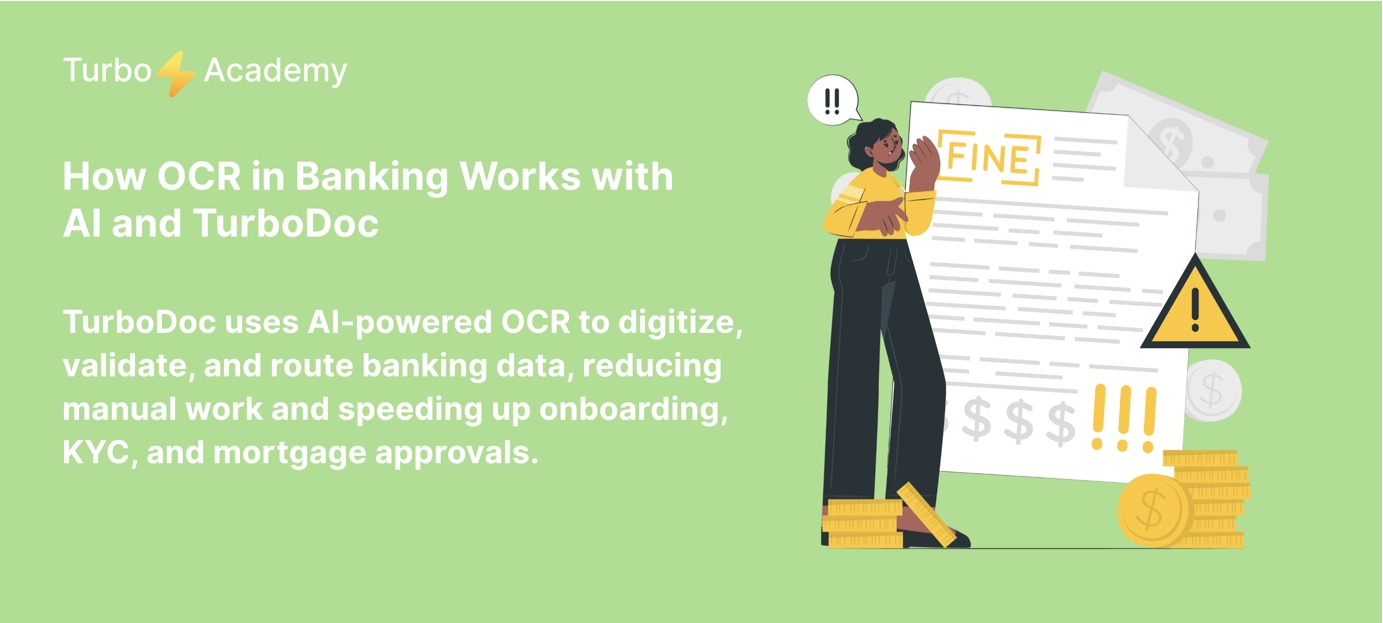
OCR + AI: Intelligent Document Recognition in Banks
Traditional OCR systems were limited to recognizing printed text. But with AI and machine learning, banks can now:
- Recognize and extract handwritten and printed text
- Understand document context and layout
- Validate extracted data automatically (e.g., check ID numbers or income fields)
- Detect anomalies in financial documents for fraud prevention
- Adapt to different document types and formats over time
These capabilities are critical in environments where speed, accuracy, and compliance are non-negotiable.
From Scanned Paper to Structured Data: OCR in Action
Here’s how OCR-powered automation works in a banking context:
- Scan or upload documents (e.g., KYC forms, bank statements, income proofs)
- OCR technology scans the file, identifying and extracting relevant data
- AI algorithms structure the extracted information, turning it into usable digital records
- System validates and flags errors, cross-referencing with other databases or expected values
- Data is pushed into core banking systems, CRM, or loan processing software
This process allows banks to handle thousands of applications, PDFs from hard copies, and forms with minimal human input.
TurboDoc’s Role in OCR-Based Automation in Banking
TurboDoc is designed specifically to meet the high-volume, compliance-driven needs of financial institutions. Here’s how our platform supports OCR transformation:
- Pre-trained AI models for banking-specific document types (ID cards, pay slips, tax forms)
- Built-in data validation to ensure KYC compliance and accuracy
- Integration-ready architecture for seamless connection with legacy banking systems
- Real-time processing for customer onboarding and loan workflows
- Automated fraud checks and exception handling
- Mobile-ready OCR for integration into mobile banking apps
With TurboDoc, banks gain not just faster processing, but higher data accuracy, fewer customer onboarding delays, and the ability to scale document operations across departments.
Automate document processing with TurboDoc
Recognize invoices, contracts, and forms in seconds. No manual work or errors.
Try for free!
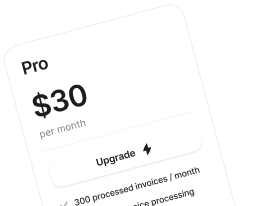
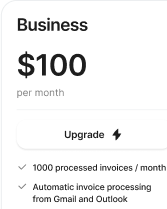
Benefits of OCR in Banking: Why Banks Use OCR Technology
As the demand for speed, compliance, and digital agility grows, banks are increasingly turning to OCR technology to modernize core processes. From KYC to loan processing, OCR has revolutionized data processing in banking by enabling institutions to extract and validate documents faster and with greater precision.
By minimizing reliance on manual work and introducing automation, banks can significantly improve customer experience, reduce error rates, and optimize compliance procedures. Here’s how OCR makes a measurable difference.
Faster Document Verification and Customer Onboarding
Manual document handling is one of the biggest bottlenecks in banking, especially during onboarding or mortgage loan processing. OCR technology can scan ID cards, passports, and income proofs to quickly pull out critical data.
With OCR-enabled platforms like TurboDoc, banks can:
- Shorten KYC verification cycles
- Instantly verify e-signatures and check document completeness
- Avoid delayed customer onboarding by automating approval stages
- Enable real-time processing via mobile and web apps
OCR improves data throughput and gives customers a faster, more seamless entry into banking services.
Reduction of Manual Errors and Compliance Risk
Compliance processes often rely on consistent data accuracy, which is difficult to achieve with human input alone. OCR helps ensure data integrity by reducing manual entry and enabling system-level data validation.
Key compliance benefits include:
- Fewer manual errors when processing KYC documents
- Real-time verification of income and tax forms during loan underwriting
- Automated audit trails for regulatory reviews
- Improved support for AML and fraud detection workflows
By reducing human dependency, OCR enhances consistency and trust in banking systems.
Automate document processing with TurboDoc
Recognize invoices, contracts, and forms in seconds. No manual work or errors.
Try for free!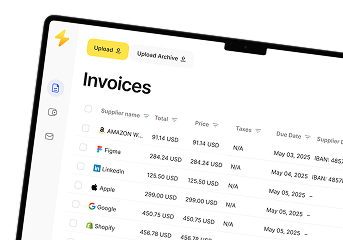
Operational Efficiency with AI-Driven OCR
AI-powered OCR goes beyond simple text recognition—it brings intelligent processing capabilities to every layer of the banking document lifecycle. OCR technology can scan thousands of pages in minutes, process structured and unstructured documents, and process loan files without manual prep.
TurboDoc combines OCR with AI to:
- Automate entire workflows, from document intake to core system integration
- Support complex use cases across industries, including personal, SME, and mortgage lending
- Scale data processing for peak times without compromising performance
- TurboDoc Advantages for Banks

Top OCR Use Cases in Banking: Real Applications of OCR
OCR is no longer a nice-to-have feature—it’s now a strategic enabler across banking operations. By automating document workflows, banks gain speed, accuracy, and better risk control. Let’s explore the most impactful OCR use cases in banking and how TurboDoc helps banks implement them efficiently.
1. OCR in Loan Application Processing
Loan origination involves multiple documents—ID proofs, income statements, employment records, and tax forms. OCR technology can scan, extract and validate documents, and push structured data directly into loan processing systems.
With TurboDoc, banks can:
- Automatically process loan application packages
- Reduce manual data entry time
- Flag missing or mismatched fields before underwriting
2. House Loan Document Verification with OCR
Mortgage and home loan processing typically involves lengthy document reviews. OCR significantly reduces turnaround time by digitizing physical documents like property records, address proofs, and income figures.
OCR improves:
- Accuracy in validating ownership and income documents
- Processing times for home loan approvals
- Audit readiness for mortgage paperwork
3. Digital KYC and Customer Onboarding Using OCR
Traditional KYC is slow and error-prone. OCR eliminates delayed customer onboarding by digitizing KYC documents such as driving licenses, passports, and utility bills—making them searchable and verifiable instantly.
TurboDoc enhances this process with:
- AI-driven field mapping and data validation
- Real-time verification of identity and e-signatures
- Cross-checks against watchlists for AML compliance
4. OCR Bank Statement Analysis for Risk Assessment
OCR enables automated reading and parsing of customer bank statements, identifying spending patterns, credit behavior, and income consistency—all essential for underwriting or financial advisory.
TurboDoc extracts:
- Monthly averages
- Recurring income and expenses
- Red flags (e.g., low balance warnings, returned checks)
5. Fraud Detection and Regulatory Reporting with OCR
By digitizing documents and applying AI logic, banks can detect inconsistencies that signal fraud. For example, mismatches in handwritten vs. printed fields or duplicate IDs.
OCR helps:
- Identify forged documents
- Improve traceability for financial reporting
- Ensure compliance with AML, KYC, and local regulations
6. OCR in Banking Transfers and Transaction Monitoring
OCR helps with validating remittance forms, receipts, and payment vouchers, especially in legacy and paper-heavy workflows. This enables real-time transaction monitoring and audit support.
Applications include:
- Processing scanned transfer requests
- Verifying payment proofs and signatures
- Detecting duplicate or suspicious payments
Summary Table: OCR Use Cases in Banking
Implementing OCR in Banking Operations with TurboDoc
Rolling out OCR in banking isn’t just about choosing the right software — it’s about aligning technology with business needs. TurboDoc makes this transition smooth by offering flexible deployment options and deep integration capabilities with existing banking systems.
Step-by-Step OCR Implementation in a Bank
Implementation typically begins with identifying high-impact use cases—like KYC or loan processing—followed by testing TurboDoc on real document flows. Once proven, it’s rolled out across departments with minimal disruption.
TurboDoc Integration Use Cases in Banking Systems
TurboDoc seamlessly integrates with CRMs, loan origination systems, and compliance platforms. Whether you’re modernizing a legacy system or building out digital channels, our OCR tools fit right in—no heavy IT lifting required.
Secure, Compliant AI-Powered Document Verification
Security and compliance are built-in. TurboDoc ensures all extracted data is encrypted, validated, and aligned with AML and KYC regulations, while AI checks for inconsistencies or forgery signs in real time.
Staff Enablement and Workflow Optimization
Adopting OCR doesn’t mean replacing teams—it enhances them. TurboDoc’s intuitive interface and automation free up staff from repetitive tasks, letting them focus on decision-making and customer engagement.
Automate document processing with TurboDoc
Recognize invoices, contracts, and forms in seconds. No manual work or errors.
Try for free!



❓ FAQ
What is a bank transaction example?
A common example is using your debit card to pay for groceries or receiving a paycheck via direct deposit.
How do I check my bank transaction history?
You can log in to your online banking or mobile app and view your transaction history under the account section.
What is the difference between a bank statement and a transaction?
A transaction is a single activity (like a deposit), while a bank statement is a summary of all such activities over a period.
How long does it take for a transaction to be processed?
Most transactions are posted within 1–3 business days, depending on the type.
What is bank transaction posting?
Posting is when a transaction is officially recorded in your bank account and affects your balance.
How do I reconcile a bank statement?
Compare your personal financial records with the bank statement and resolve any discrepancies.
Are bank transactions private?
Yes, banks protect transaction data with encryption and security protocols, but consumers must also secure their access.


